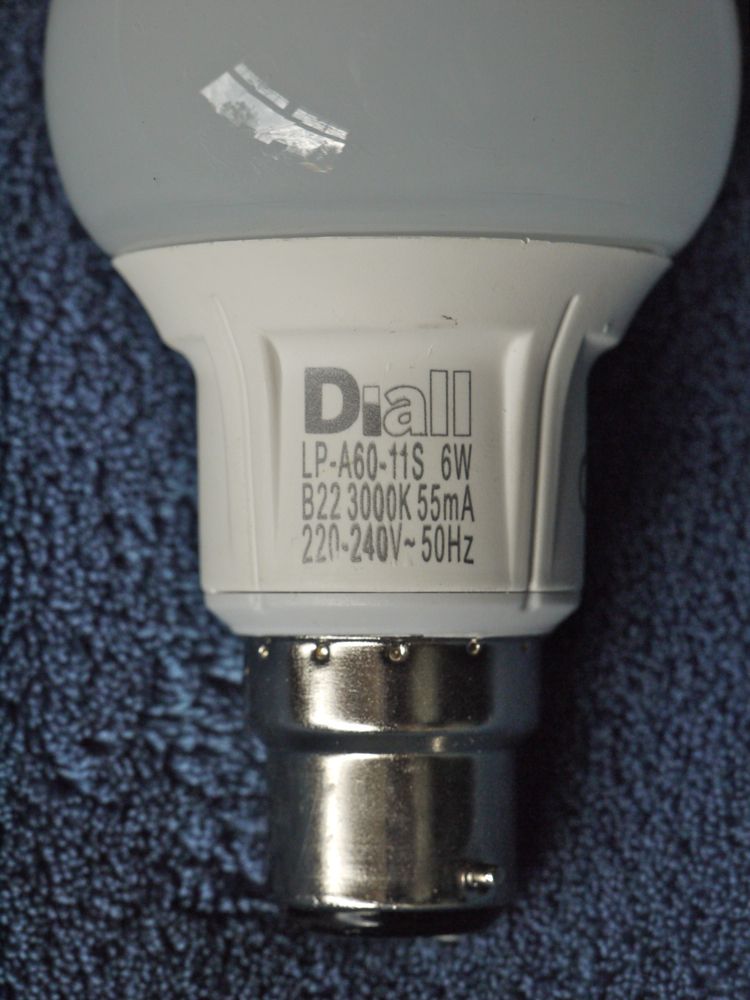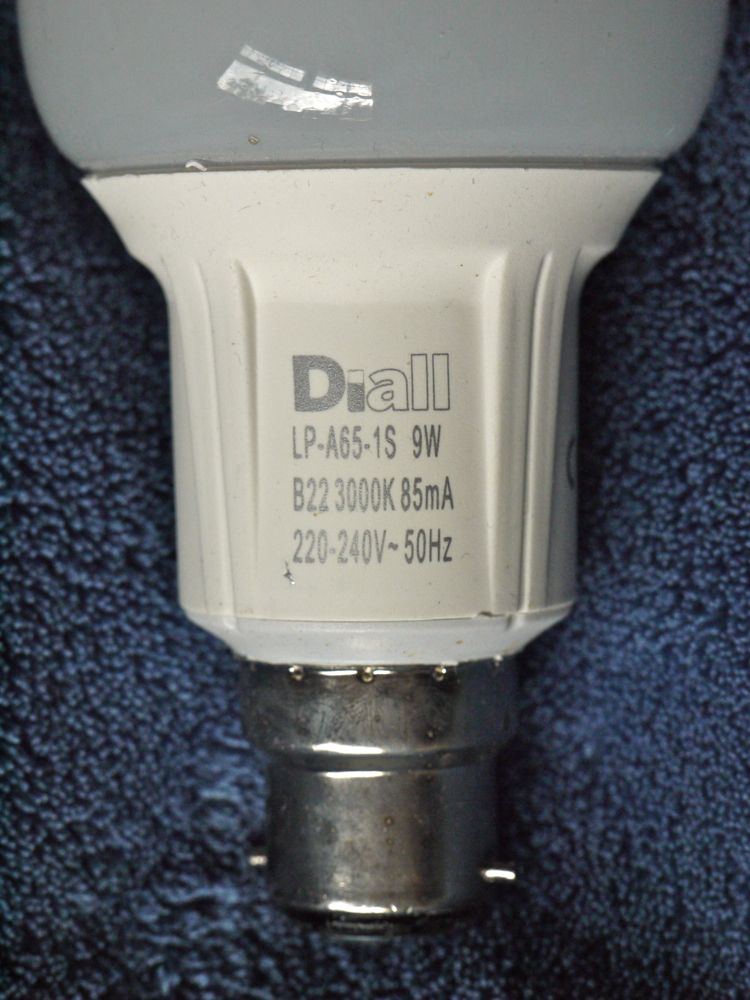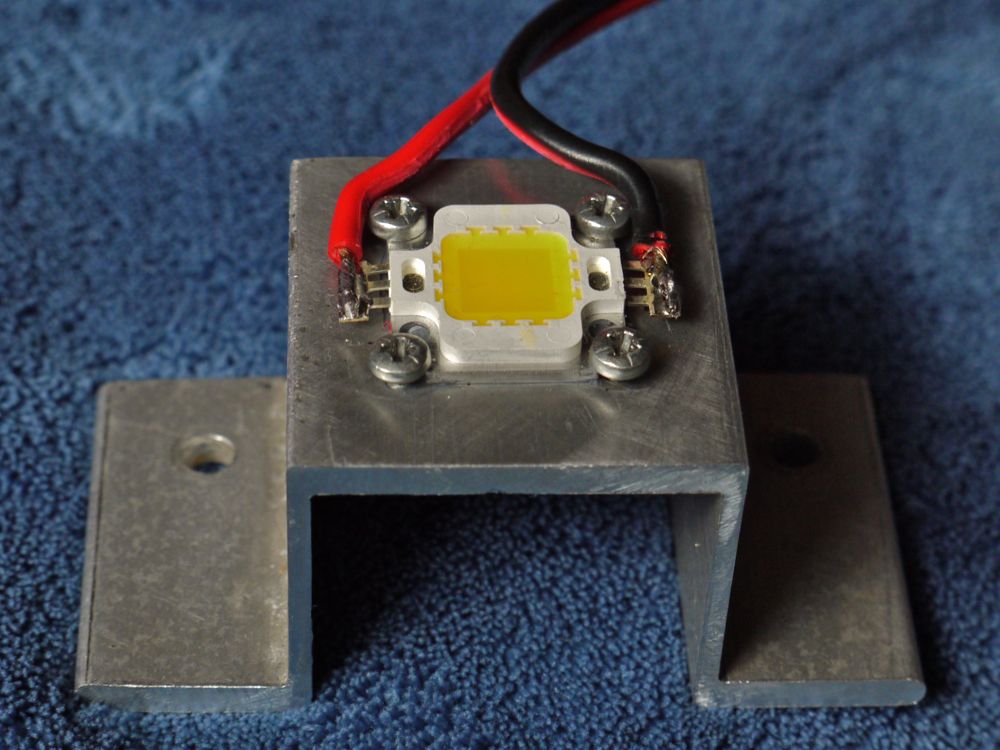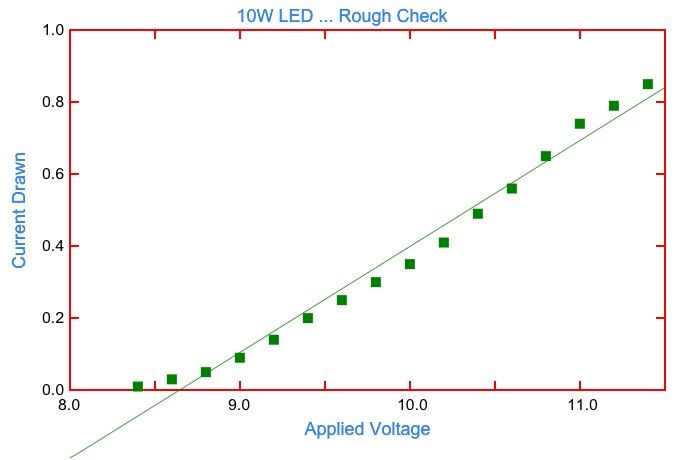Michael – apparently, these LEDs are in the range 15-35% and in the US are required to have a min 25% conversion efficiency from electrical to light energy. Incandescent lamps are 5-10%. I hadn't realised they were as good as that, partic incandescent. Even so, the majority of the power is going to end up as heat in the LED and LEDs don't like to get hot.
Generally they are mounted on Insulated Metal Substrate (IMS) to provide the circuit tracking and heatsinking together. One simple test would be to measure the volts and amps going in to the LED (multiply them together to get Watts) and see how that compares with the claimed spec. It would be interesting to know what you find but it sounds unlikely to be close to 9W. Do they rate these lamps according to the input power or the LED power?. You probably can't change anything, as it's regulating the current in the LEDs regardless of input voltage. The example IMS in the link has UL approvals for operation at 150C and claims a dielectric strength of 2500VAC, so good for mains voltages. It's possible the original LED lamp used something of a similar rating but it should have had a cover to prevent any risk of touching live parts.
As LEDs age, their output falls. Ageing is highly dependent on temperature, so providing adequate heatsinking is key to getting a good life.
None of these LED lamps seem to have any energy storage and there's little reason why they would need them. They are probably conducting for 80-90% of the time anyway, giving low flicker. The simplest and cheapest (and safe) source for completely flicker-free lighting might be a 12V laptop power supply. However, I've never been able to see any signs of even mild strobing or flicker when using LED lights with machine tools and that's with El Cheapo IKEA bendy lights and VFDs on both the lathe and mill.
The legally binding safety regulations governing construction and protection of electrical products are broadly the same regardless of whether the power source is a battery charger, a power supply or a light driver, whether switched mode or linear, so the biggest risk is likely to be the use of products that don't have meaningful CE marking and/or from unknown sources. Stick to the names we know.
Murray
Edited By Muzzer on 03/10/2014 03:39:51
Muzzer.











